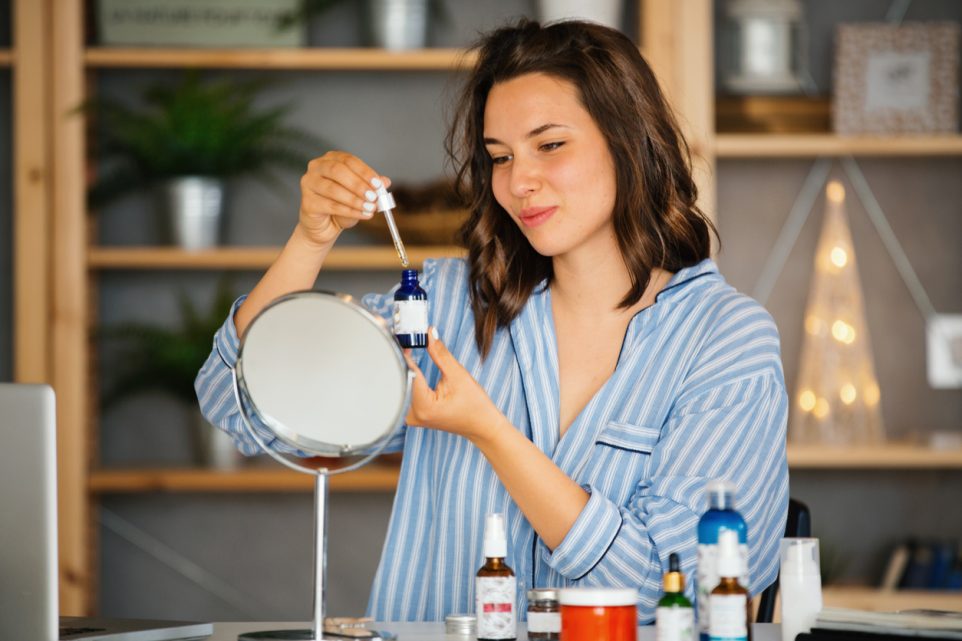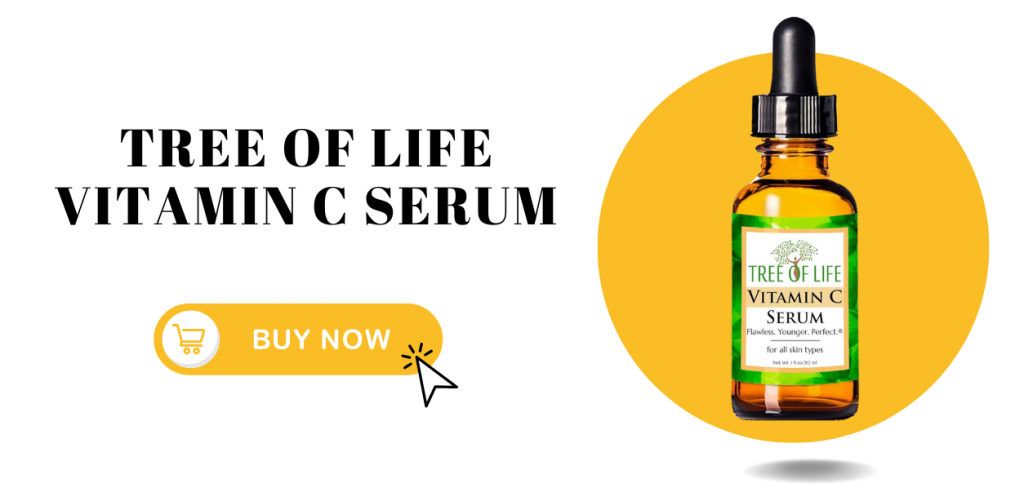Retinol vs Vitamin C: Which One Do I Need In My Skin Care Routine?

With an array of products lining the shelves, all promising miracles, it’s tough to figure out which ones will actually deliver. Among the champions of skincare, retinol (Vitamin A) and Vitamin C stand out as the go-to ingredients for a variety of skin woes. Whether you’re battling fine lines, dull skin, or uneven tone, chances are you’ve been pointed towards these powerhouses at some point.
But here’s the rub: as fantastic as both retinol and Vitamin C are, using them isn’t as simple as slathering them on and calling it a day. They’re potent, which means they need to be used thoughtfully to avoid skin irritation. Plus, depending on what your skin is going through, one might suit your needs better than the other—or you might benefit from both, if used correctly.
Before you start mixing potions in your bathroom like a modern-day alchemist, let’s dive deep into what these ingredients do, why they sometimes don’t play well together, and how to introduce them into your skincare routine safely and effectively.
What Does Retinol Do?
Retinol has been quite the buzzword in the skincare community lately, and for good reason. If you’re diving into the world of skincare, understanding what retinol does is pretty crucial. It’s not just another trendy ingredient; it’s a powerhouse that tackles everything from acne to the visible signs of aging.
At its core, retinol is a type of retinoid, which means it’s derived from vitamin A. This puts it in a family of compounds that play a crucial role in skin health, influencing how cells behave and rejuvenate. When you slather retinol on your skin, it undergoes a fascinating transformation. Initially, it’s not quite ready to work its magic immediately. It needs to convert into a form that your skin can actively use—enter tretinoin, also known as all-trans-retinoic acid, the form of vitamin A that actively engages with your skin’s retinoid receptors.
Why does this matter? Well, retinol engages with your skin at a genetic level. It literally gets under your skin where it starts influencing a variety of cellular functions. This accelerated cell turnover is what gives you that coveted smooth, fresh complexion.
Benefits of Retinol
The benefits of retinol extend deeper. It boosts the production of collagen—the protein that keeps your skin firm and youthful. It also fends off enzymes that chew away at your existing collagen, especially after exposure to harsh sunlight. This double-duty action helps keep your skin resilient against sagging and wrinkles.
View this post on Instagram
And there’s more good news, especially if you’re dealing with dark spots or uneven skin tone. Retinol helps to even out melanin distribution, fading those pesky age spots and giving you a more uniform skin tone. If you’ve got acne, retinol proves invaluable yet again. It helps prevent pores from becoming clogged, reducing breakouts and promoting clearer skin.
One of the lesser-known but equally impressive benefits of retinol is its ability to enhance blood circulation to your skin. This boost in blood flow delivers more nutrients and oxygen to your skin cells, aiding in their repair and rejuvenation.
Given all these benefits, it’s clear why retinol is heralded as a skincare hero. However, it’s not without its nuances. It’s potent, so it must be introduced into your skincare routine carefully to avoid irritation. And remember, it’s a night owl; retinol breaks down in sunlight, so it’s best used in your evening routine. Plus, if you’re pregnant or nursing, you’ll want to skip retinol due to potential risks.
What Does Vitamin C Do?
Vitamin C, also known as ascorbic acid, isn’t just something you find in oranges and other citrus fruits. This vitamin is naturally occurring in both our skin and dietary sources, but as we age, our skin’s vitamin C levels drop significantly. This is where topical Vitamin C products come into play, replenishing your skin’s level directly where it’s needed most.
Hailed by dermatologists as one of the top active ingredients, alongside Vitamin A and B, this component has been a staple in skincare for over four decades. But why does Vitamin C deserve a prime spot on your bathroom shelf? Let’s break it down.
Benefits of Vitamin C
Vitamin C is a stellar antioxidant, stepping in as your skin’s second line of defense right after sunscreen. It scavenges harmful free radicals produced by your skin when it’s exposed to UV rays and environmental pollutants. This action is crucial because free radicals can trigger DNA breakdown and mutations, which speeds up the aging process and can cause other skin damage.
View this post on Instagram
Vitamin C also plays a significant role in brightening your skin. It does this by inhibiting an enzyme called tyrosinase, which is responsible for melanin production. Melanin is the pigment that gives your skin color. By putting the brakes on melanin, Vitamin C helps lighten hyperpigmentation, sun spots, and even out your skin tone. This makes it a go-to ingredient for tackling post-inflammatory hyperpigmentation that arises from acne scars or conditions like melasma.
But there’s more – Vitamin C is a pro at stimulating collagen production. It energizes fibroblast cells in your skin, which are the factories that pump out collagen. This helps to keep your skin firm, plump, and youthful, warding off the sag and wrinkles that come with age.
Can You Use Retinol and Vitamin C Together?
So, now, the big question—can retinol and vitamin C be friends on your face? Traditional advice often steers clear of mixing these two in a single routine due to potential irritation and stability concerns. Retinol and vitamin C both pack a punch on their own, but when used together incorrectly, they can lead to redness and discomfort due to their potent nature.
However, that doesn’t mean they can never be used together. It’s all about timing and method. For instance, vitamin C is typically less stable and can degrade when exposed to light and air, so it’s ideal to apply it in the morning. It acts as an antioxidant that protects your skin throughout the day from environmental damage. On the flip side, retinol works its magic best at night. It’s a time when your skin is in repair mode, benefiting from retinol’s cell turnover powers, making it a nightly treatment to combat signs of aging and refine skin texture.
Retinol vs Vitamin C: Which One Is Better?
View this post on Instagram
Asking whether retinol or vitamin C is better is like asking if you’d rather have shoes or a jacket. They serve different purposes! Retinol is your go-to for improving texture, fighting aging signs like wrinkles, and even helping with acne thanks to its ability to accelerate cell turnover. Vitamin C shines in its ability to even out your skin tone, enhance brightness, and offer antioxidant protection against the environmental pollutants you face daily.
So, rather than pitting them against each other, consider what your skin needs most. Are you looking to brighten and protect, or is your focus on texture and signs of aging? Your specific skin concerns will guide which ingredient—or both—should make an appearance in your regimen.
How To Build a Skincare Routine With Retinol and Vitamin C
Building a skincare routine that includes both retinol and vitamin C can be highly rewarding with a bit of know-how. Start your morning with a clean face followed by a vitamin C serum. This sets a protective barrier against free radicals and sun exposure, which is crucial if you’re heading out for the day. Follow up with your moisturizer and, most importantly, sunscreen, as both retinol and vitamin C can make your skin more sensitive to the sun.
At night, after cleansing, apply a retinol-based product. If you have dry skin, layer on some moisturizer first to create a buffer that reduces potential irritation from the retinol. If your skin is more on the oily side, you might apply retinol directly after cleansing and then finish with a lightweight moisturizer.
It’s essential to remember that while both ingredients are effective, they don’t need to be used daily or even together initially. Start slowly, with lower concentrations, and always monitor how your skin reacts. Over time, as your skin adjusts, you can increase frequency or concentration, ensuring that you continue to see benefits without overwhelming your skin.
Navigating the use of retinol and vitamin C doesn’t have to be complicated. With a strategic approach, you can enjoy the myriad benefits of both, ensuring your skin remains healthy, resilient, and radiant.
